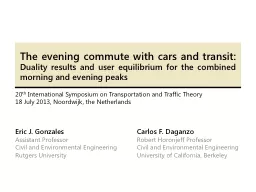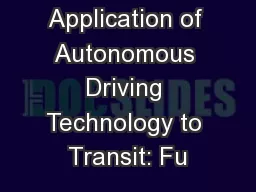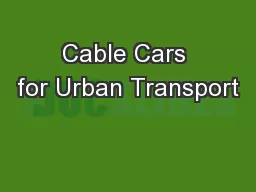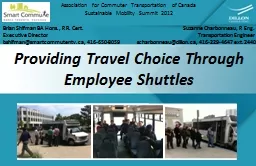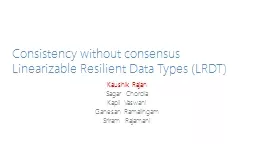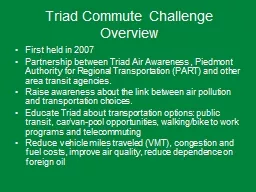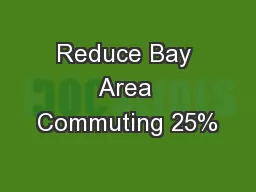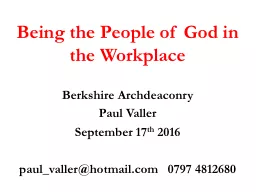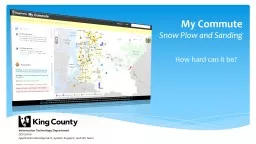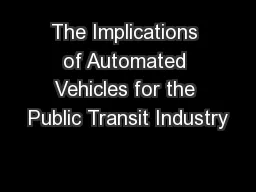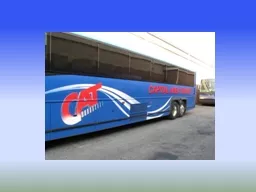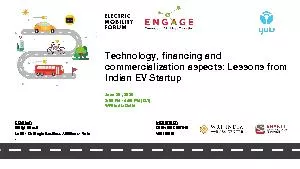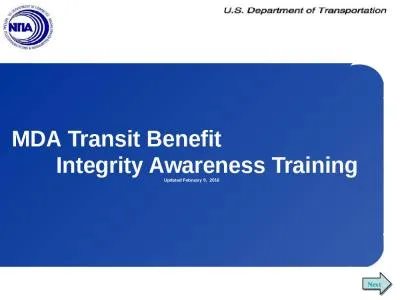PPT-The evening commute with cars and transit:
Author : trish-goza | Published Date : 2016-03-05
Duality results and user equilibrium for the combined morning and evening peaks 20 th International Symposium on Transportation and Traffic Theory 18 July 2013
Presentation Embed Code
Download Presentation
Download Presentation The PPT/PDF document "The evening commute with cars and transi..." is the property of its rightful owner. Permission is granted to download and print the materials on this website for personal, non-commercial use only, and to display it on your personal computer provided you do not modify the materials and that you retain all copyright notices contained in the materials. By downloading content from our website, you accept the terms of this agreement.
The evening commute with cars and transit:: Transcript
Download Rules Of Document
"The evening commute with cars and transit:"The content belongs to its owner. You may download and print it for personal use, without modification, and keep all copyright notices. By downloading, you agree to these terms.
Related Documents

